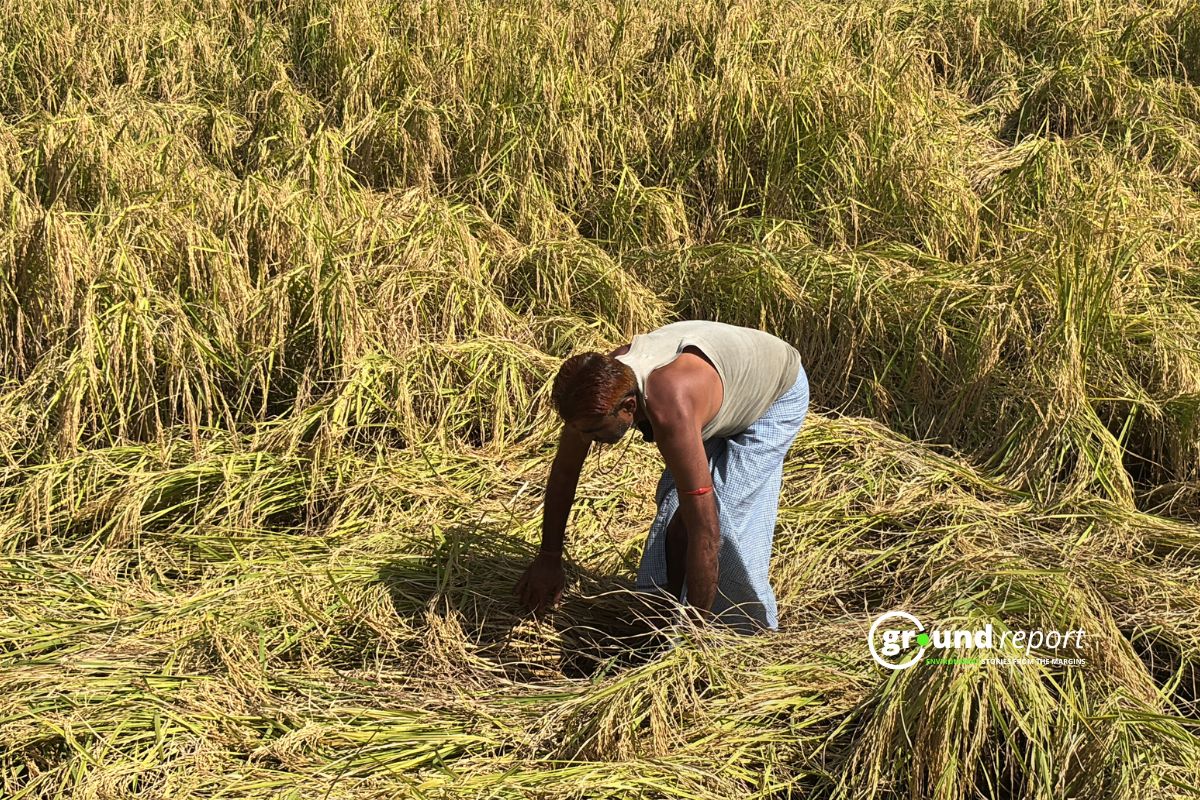NSMA (National Mission on Sustainable Agriculture) is one of the eight missions outlined under the National Action Plan on Climate Change (NAPCC). It was formulated and launches in 2014-15 to enhance the productivity of agriculture, especially in rainfed areas, and addresses the issue of sustainable agriculture.
The mission acknowledges the adverse impact on agriculture production in case there is an absence of a proper adaptation strategy and transformation into a climate-resilient system.
Four Major Components
- Rainfed Area Development
- An area-based approach focusing on the conservation of natural resources as well as integrated farming systems.
- Building common property resources for fodder, grains, and biomass.
- On-Farm Water Management
- Efficient harvesting and management of water
- Optimum water utilization by promoting advanced technology and equipment
- Using farm ponds around the farm to conserve water
- Soil Health Management
- Promoting organic farming, regulating the use of fertilizers and optimum utilization of land, and minimizing degradation and erosion of soil at the same time.
- Incorporation of GIS (Geographical Information System) technology and studying the soil and land using thematic maps from scientific surveys
- Climate Change and Sustainable Agriculture: Monitoring, Modelling, and Networking
- Creating and disseminating scientific knowledge on climate change
SUB MISSION ON AGRO-FORESTRY

This mission on Agroforestry was implemented in 2016-17 to persuade farmers to grow trees around agricultural fields that can be put to multiple uses. This can help enhance crop production and improve the farmers’ income. It also encourages the use of indigenous species or species that have some therapeutic significance.
IMPORTANCE
Although 60% of the net sown area of the country is under agriculture. But, it yields only about 40% of the total production. This makes the focus on rain-fed agriculture and the conservation of natural resources crucial. This sector employs 50% of the workforce but only accounts for 28% of the country’s GDP. At the same time, it would be adversely affected by climate change. Already is.
Employing sustainable technologies and promoting integrated farming will lead to a gradual upliftment of the people involved in this sector.
PERFORMANCE

Under the National Mission on Sustainable Agriculture, 3.42 lakh ha of land has been successfully brought under the integrated farm development sector.
Although the Comptroller and Auditor General of India pointed out certain loopholes in the system concerning the regional imbalance in the implementation of the scheme in the state of Tamil Nadu recently. The irregularities were noticed in the sanction of scheme benefits. This has also been attributed to the missing standing technical committee that should have been constituted by the Tamil Nadu government.
An absence of a district action plan was also observed for a few districts. Mismanagement of subsidies and imbalance in expenditure.
Although the mission shows promise for a country that largely depends on monsoon for agriculture. But, loopholes in administration and regional imbalances need to be brought at par for a fruitful result while there is still time for adaptation.
Support us to keep independent environmental journalism alive in India.
Keep Reading
What is Green Hydrogen? Could it change energy in South Asia?
Blue hydrogen is worst for climate: study
How Increasing space traffic threatens ozone layer?
Hydro Fuel Market: India’s current scenario and the future ahead
Natural Gas is a Misleading term, It is not Natural and clean at all
Follow Ground Report on X, Instagram and Facebook for environmental and underreported stories from the margins. Give us feedback on our email id greport2018@gmail.com.
Don’t forget to Subscribe to our weekly newsletter, Join our community on WhatsApp, and Follow our YouTube Channel for video stories.









